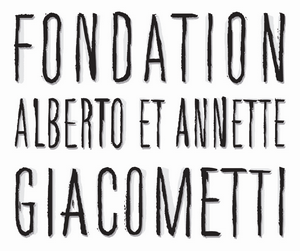Fake Modigliani at an exhibition in Italy - no surprise!
In the spring 2017, an exhibition of 21 paintings by Modigliani was held at the Palazzo Ducale in Genoa. 21 paintings were seen by tens of thousands of visitors. The authenticity of these artworks was questioned by Carlo Pepi, a Tuscan art expert. The exhibition was subsequently closed.
Marc Restellini, a French Modigliani expert, says that in the world there are “at least a thousand fake Modigliani’s works.” Maybe there is even more. This information is not surprising. If something is expensive and sought for it is being faked. Because it is so tempting. In 2015, a Chinese art collector paid 170 million dollars for a painting Nu couché (Lying nude)in an auction in New York. You can read the whole story of the unsuccessful exhibition here. I have wondered about the Modigliani exhibition in the Municipal House in Prague in 2010. Were there some fakes too? What was the source of the exhibited artworks? An exhibition of Natalia Goncharova in Hluboká reminds a little of this Genoa’s exhibition. It was also terminated earlier. Such exhibitions might have only one purpose, which is to legalize counterfeits by a realized exhibition which is subsequently listed in the CV of an artwork with a reference to the catalogue.
https://www.telegraph.co.uk
What to do about it?
The fact that there are some problems of copyright and patent law issues in China can be seen with the Wendy Taylor's sculpture called Timepiece which was made by the artist for London. Somebody found it so beautiful that it was almost precisely copied for Shanghai. If anyone wants to believe it is just a coincidence, so be it. A question is, how the European artists and producers should protect their patents and works.
This issue is even more up-to-date since the author has turned to an organisation dealing with artists’ rights - Dacs, as well as the British and Chinese governments. Despite having taken these steps, she expresses doubts that it will lead to the remedy for plagiarism.
If she says that “copyright laws truly end at the borders of Europe and the Chinese laws are very different," then it is definitely not good news. Her statement “to take someone to a court for this reason, or to do something with it, is financially not possible” is not good news, either.
http://www.independent.co.uk/arts-entertainment/art/china-copies-sculpture-british-wendy-taylor-timepiece-tower-bridge-london-shanghai-anish-kapoor-a7441076.html









